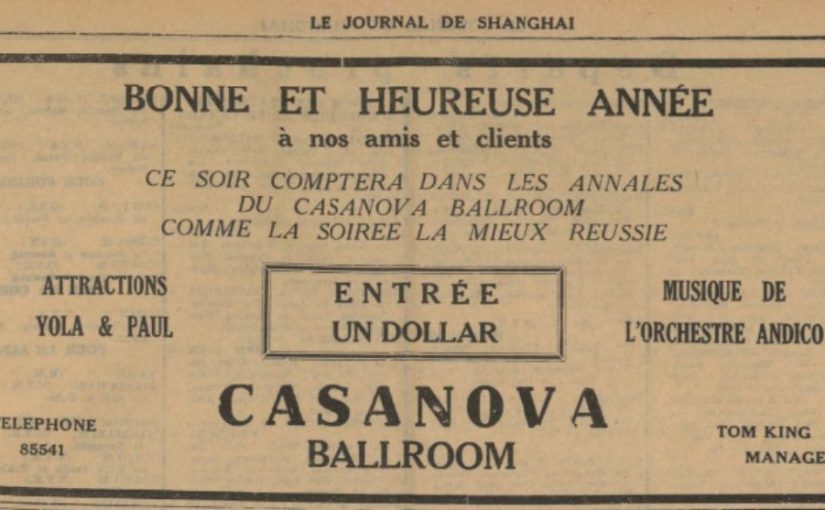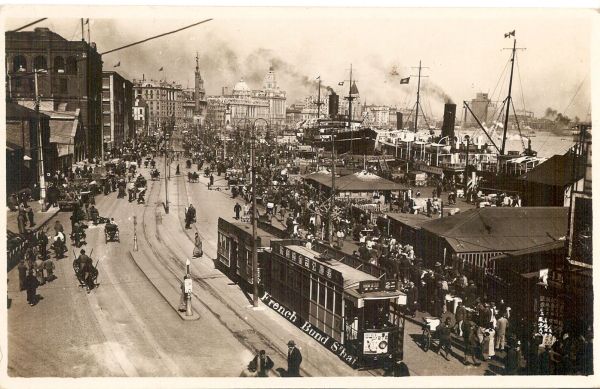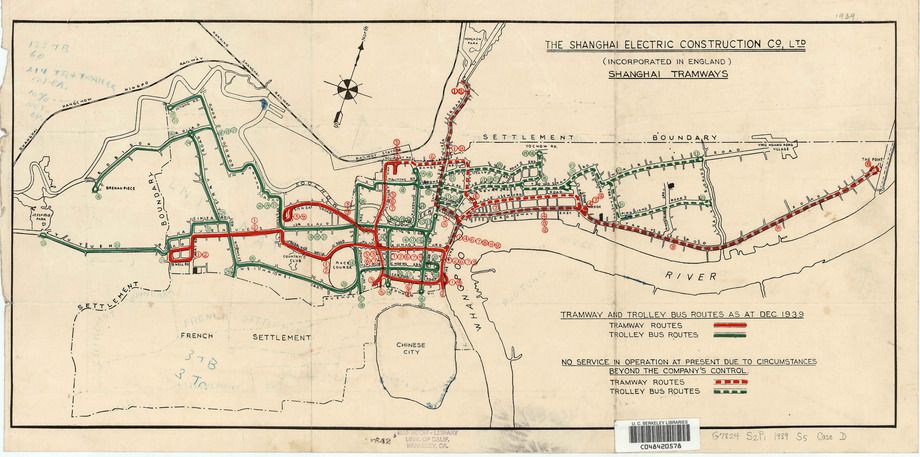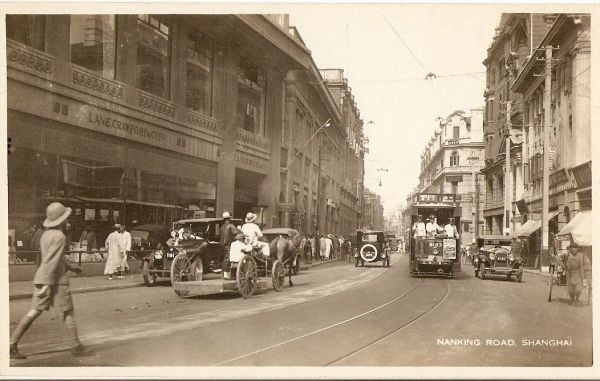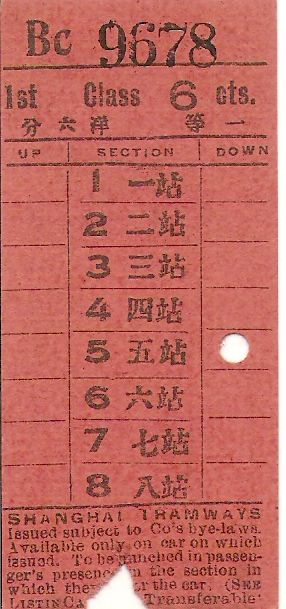1920s have a reputation to have been memorable years. The roaring twenties were called “Les années folles” in French, meaning the crazy years. The start of the 2020s did not disappoint in craziness, although definitely not is such a fun way. To close this year where I finally started to write regularly again, here is a the 5 most read articles in the Shanghailander blog in 2020.
1 – The rise and fall of the Majestic Hotel
The story of the star of Shanghai nigthlife in the 1920s, that disappeared in the 30s seems is a regular on the top search posts of the blog. The reason why I wrote this post in 2017 was my own interest and the lack of information available on the topic. Apparently I was not the only one searching
2 – China General Omnibus Company
It seems that I am also not the only one to be interested in Old Shanghai transportation, in particular the bus network of the International Settlement. This post from 2017 also includes a pretty unique map of the bus network itself from 1937.
3 – Old Shanghai tramways
Another post on public transportation in Old Shanghai. This topic seems to attract attention. This post from 2017 includes a map of the International Settlement tram network and a tram ticket from the 1920s.
4 – Sainte-Thérèse Church
First post of 2020 in the top 5. It is focused on the mysterious catholic church in the middle of the few remaining lilongs of JingAn district.
5 – Aquarius Water then and now
Published in the middle of a hot summer, this post tells the story of the Shanghai brand of mineral water Aquarius, and its famous Orange Squash. Through modern advertising, the brand became one the Shanghai favorite, that is being relaunched in a modern version in 2020.
Best wished from the Shanghailander blog for 2021! If you want me to share or publish information about Old Shanghai, people places, documents and other related topic, please contact me at hmartin@shanghailander.net .
